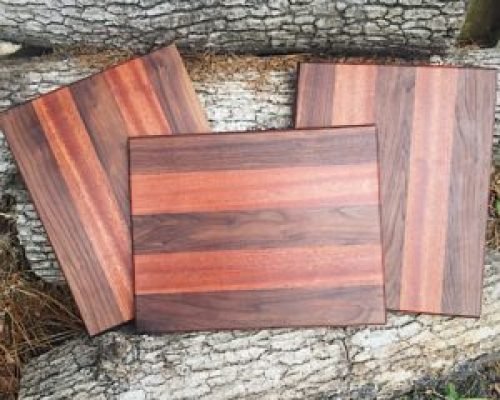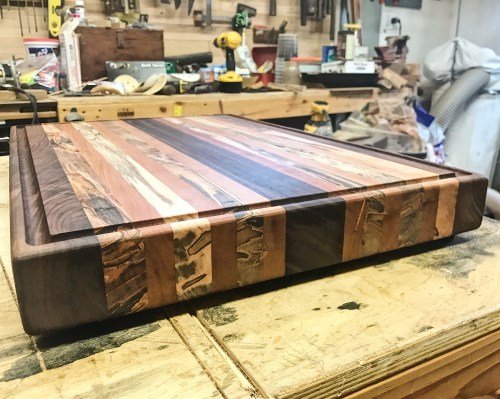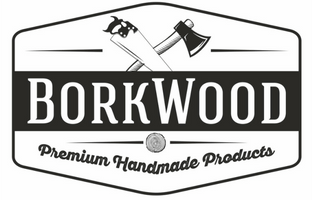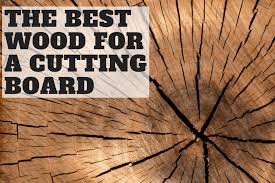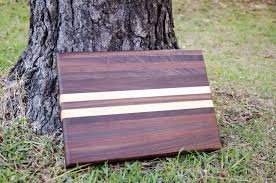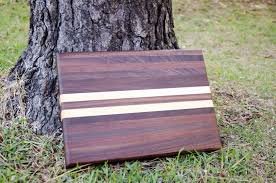The Best Wood for a Cutting Board
Ever wonder what the best wood for a cutting board is?
The answer is……it depends!
Certain wood species are indeed better than others for a particular type of cutting board, but the final decision really comes down to personal preference. As an example, I personally think Zebrawood looks incredible in both end grain and face grain cutting board construction, but leaves a little to be desired in edge grain boards (this of course depending on the milling orientation of the boards).
As a maker of custom cutting boards, by far the most popular wood for cutting boards in recent years has been American Black Walnut. You can see a great example in my How to Build an End Grain Cutting Board article. While solid Black Walnut boards are very appealing and popular, another great option is a Black Walnut board with some exotic species used as accent wood on the border of the butcher block.
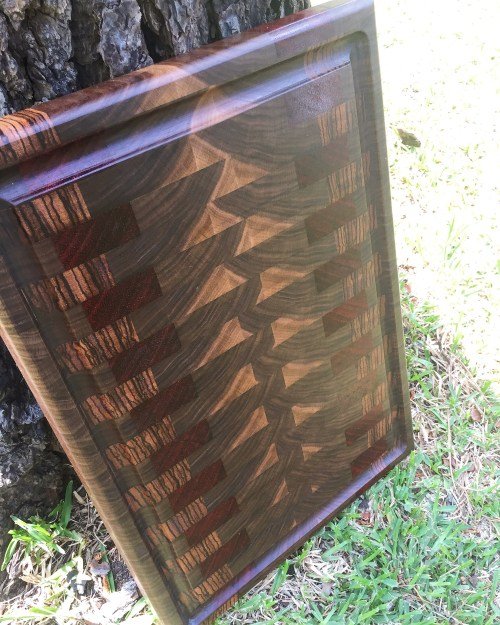
Hardwood or Softwood for a cutting board?
In general, hardwoods are preferred for a cutting board. However, there are some softwoods that can be used in a cutting boards and some hardwoods that should probably should not be used in cutting board construction. Poplar, for instance, is categorized as a hardwood but is typically considered too soft for heavy cutting use. However, heart Pine or Old Growth Pine is a softwood but is harder than a lot of hardwoods.
Too complicate things further, Oak is a hardwood that is plenty dense for using in a cutting board. However, it is a more porous hardwood. Another factor, Red Oak is more porous than White Oak. Try putting a chunk of each into a cup of water to see what I’m talking about here. For a face grain or edge grain serving type board, Oak is Probably fine. I do not like to use it (especially Red Oak) in end grain cutting boards since this exposed the most porous side of the wood.
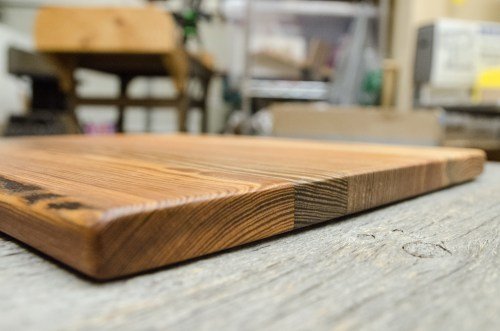
Domestic or Exotic wood for a cutting board?
Typically when someone starts to research cutting board wood types, they will come across some research that indicates irritant levels, certain allergies, and other potential health issues with different types of wood. If you really look into this information, Walnut is actually one of the woods with the most irritation and allergy issues. There are some who like to claim that no exotic wood species are ok for cutting board use. This is false information, I urge you to complete your research independently.
The fact is that most of these issues only come from the saw dust created when cutting, routing, and sanding this wood. Simply cutting food or serving on a wood board will not introduce these potentially harmful particles into the air or your food. With that said, a proper respirator or mask when milling any wood is a must!
Some of the exotic wood species I frequently use in my custom cutting boards include: Padauk, Zebrawood, Goncalo Alves (Tigerwood), Canarywood, Purpleheart, Peruvian Walnut, Bocote, Ipe, Wenge, and many more I’m sure I am forgetting.
For general information on almost any species of wood you can imagine, check out the Wood Database.
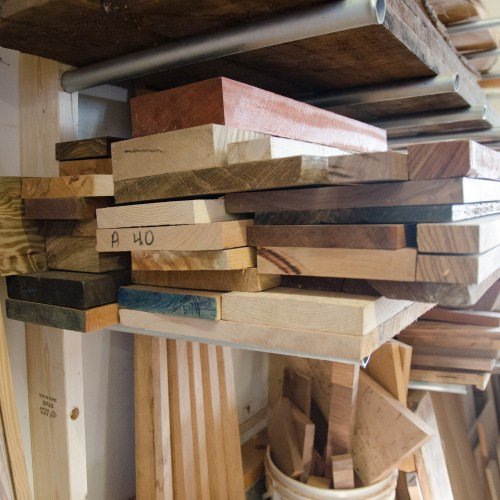
What is the best Domestic wood for a cutting board?
Maple, Walnut, and Cherry are the big three domestic hardwoods that are most popular and probably the best choice if you want a domestic hardwood cutting board. These three species are abundant in North America, come in a few different varieties each, and all have the strength and density to make an excellent cutting board whether end grain, edge grain, or face grain construction types. Just beware, there are soft Maple varieties as well and as with any wood species, the density can even vary from tree to tree or board to board.
As with almost any species, you can get certain figured elements in the wood. Some examples of this are Ambrosia, Curly or Quilted, Birdseye, Crotch Figure, and more.
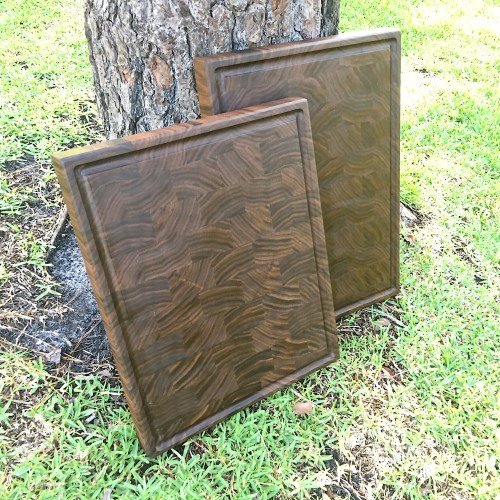
What is the best Exotic wood for a cutting board?
If making a cutting board completely of one species of solid wood, I would probably choose something with similar characteristics to the most common domestic hardwoods. This could be something like Mahogany or Peruvian Walnut. You can certainly make a board out of all Zebrawood, Purpleheart, or something similar.
Read also: How to Build an Edge Grain Butcher Block
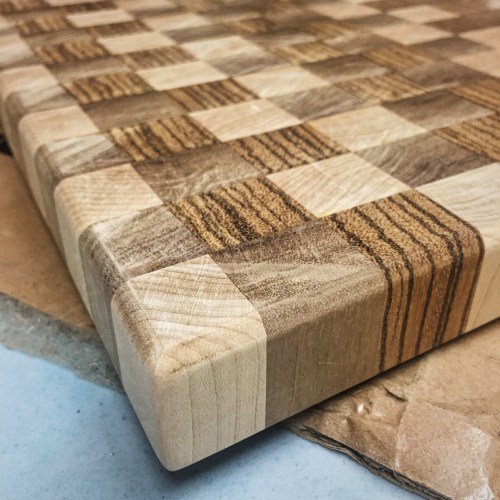
SO what is the best wood for a cutting board?
Again, it depends! So much of selecting a species of wood to build a cutting board from is a personal preference that I would be doing you a disservice to recommend a single species. If it were up to me, I would have a board for every species and every combination of wood species! In conclusion, there is not a single best wood for a cutting board, rather an unlimited combination of beautiful wood species from which to make your one-of-a-kind cutting board from.
If I absolutely had to choose, my personal preferences would be the following:
- FACE GRAIN cutting board: Figured Walnut and Goncalo Alves combination
- EDGE GRAIN cutting board: Curly Maple, Ambrosia Maple, and Black Walnut combination
- END GRAIN cutting board: Black Walnut with Zebrawood accents
